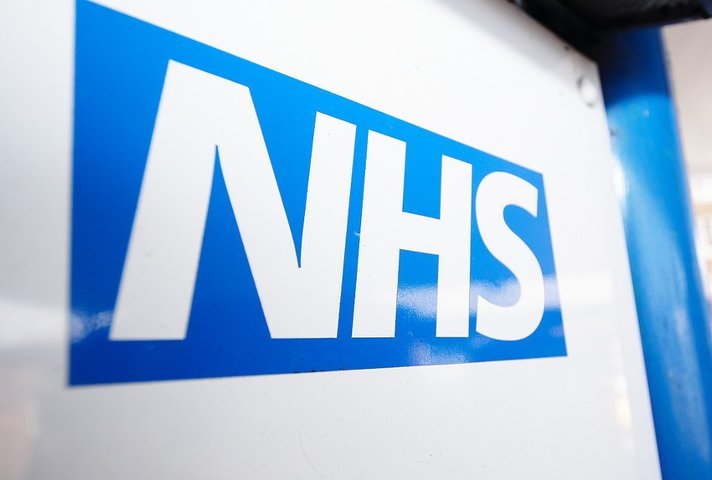Tas Hind of Essentia argues that STPs have a ready-made system in place for sharing patient data with bodies across the NHS and its public-sector partners
Using the NHS Spine infrastructure will permit a much more joined-up experience than each STP creating their own records, argues Tas Hind (pictured below right)
NHS England’s Sustainability and transformation partnerships (STPs) are in danger of missing a trick when it comes to sharing patient data.
With the emphasis on integrating health and social care across local communities, the need to share patient data across organisations and geographical lines is more acute than ever. Why, then, are STPs considering creating local care records?
In December 2016, the last of 44 sustainability transformation plans was published. These plans are designed to create health and social care systems across geographies and will play a major part in the way our care is delivered in the future.
Of course, this throws up multiple IT challenges. Firstly, organisations in social care, local authorities, NHS trusts, mental health trusts, GPs, the police, and other third-party agencies will have to share patient data. Some of these may not have had access to that data before.
Second, it means that STPs need to ensure the data is presented in a way that is most useful at the point of care. While most NHS Trusts have designed patient data to be usable by clinicians and nurses, this is not yet the case for all the other parties now involved, or for patients.
Third, the latest data must be available across different STPs so that patients can be treated effectively and safely – no matter where they are physically.
What’s quite clear is that without, co-ordinating patient data, there is a significant clinical risk, particularly when it comes to the information regarding medication, allergies, and alerts.
It makes much more sense for all organisations to become compliant with the NHS Spine IT infrastructure, so that the very latest data is available to clinicians, mental health, and social care professionals.
In Spine, there is already a national infrastructure that has been set up to share patient demographics and it also has the information on medication, alerts, and allergies from GPs’ systems. It is secure and there is strong governance around who has access to that data.
It is also effectively interoperable, as it is updated in real time so that the latest information is always available to the next user. It provides a single and common view of the patient. It can be made available to clinicians from within their electronic patient record systems, and addresses many of the challenges around data quality.
The data is available across boundaries. It can also be extended to organisations such as the police and other third parties to access the data that they are entitled to in a secure and auditable environment. It is noteworthy that the Spine has already been extended to support safeguarding children data between health and social care, so it
 certainly has the potential to be expanded.
certainly has the potential to be expanded. The national Spine is a secure infrastructure that can provide a cost-effective solution for sharing data between organisations and STP boundaries. It is therefore surprising that this is not being considered in lieu of local care records.
If every STP creates their own solution, it does not bode well for a seamless patient experience. To borrow an example from the financial services sector – it doesn’t matter which branch of our bank we register with, our online experience doesn’t change.
It needs to be the same with patients, where the national Spine would provide a single and common interface for patients. It also means that we have an integrated record that covers all aspects of patient care – health, social care and third parties – under one infrastructure. Not to mention the repository of data that you would have to analyse and provide deep insights into, that inform improvements in patient care and clinical outcomes.
This is, surely, a much more cost-effective and clinically safe solution for patients and their health and care professionals than creating different record systems and then trying to join them together.



